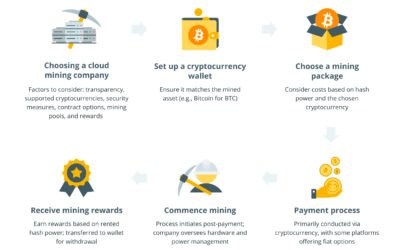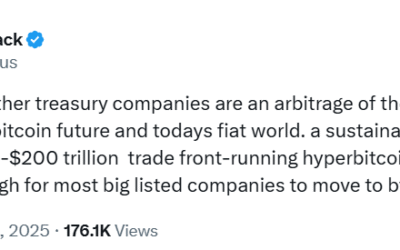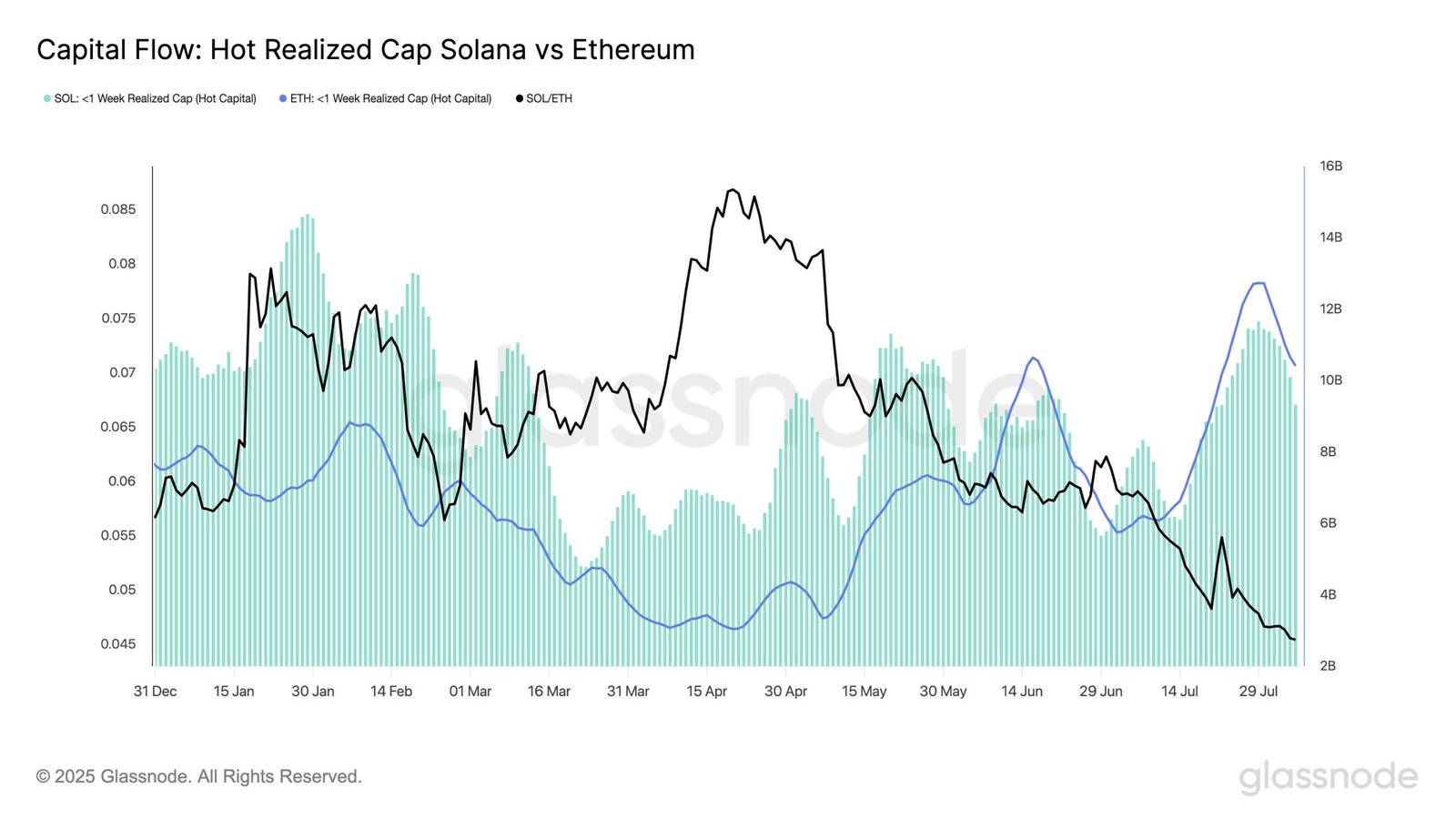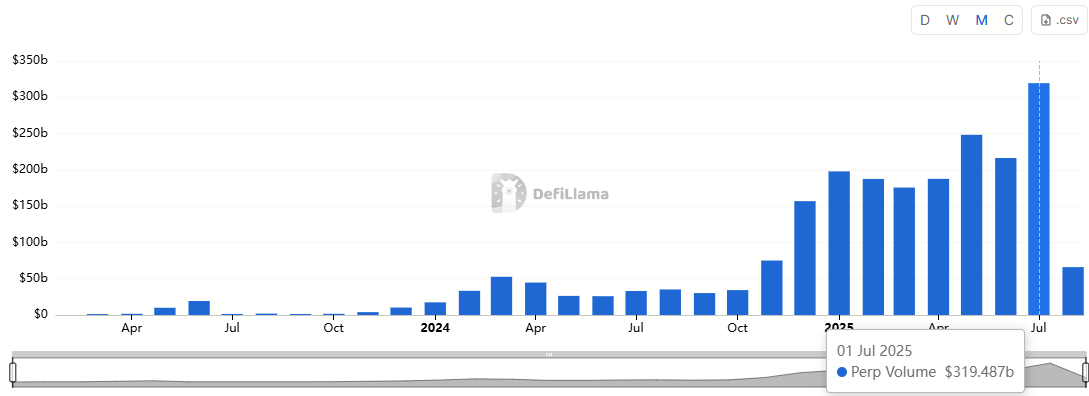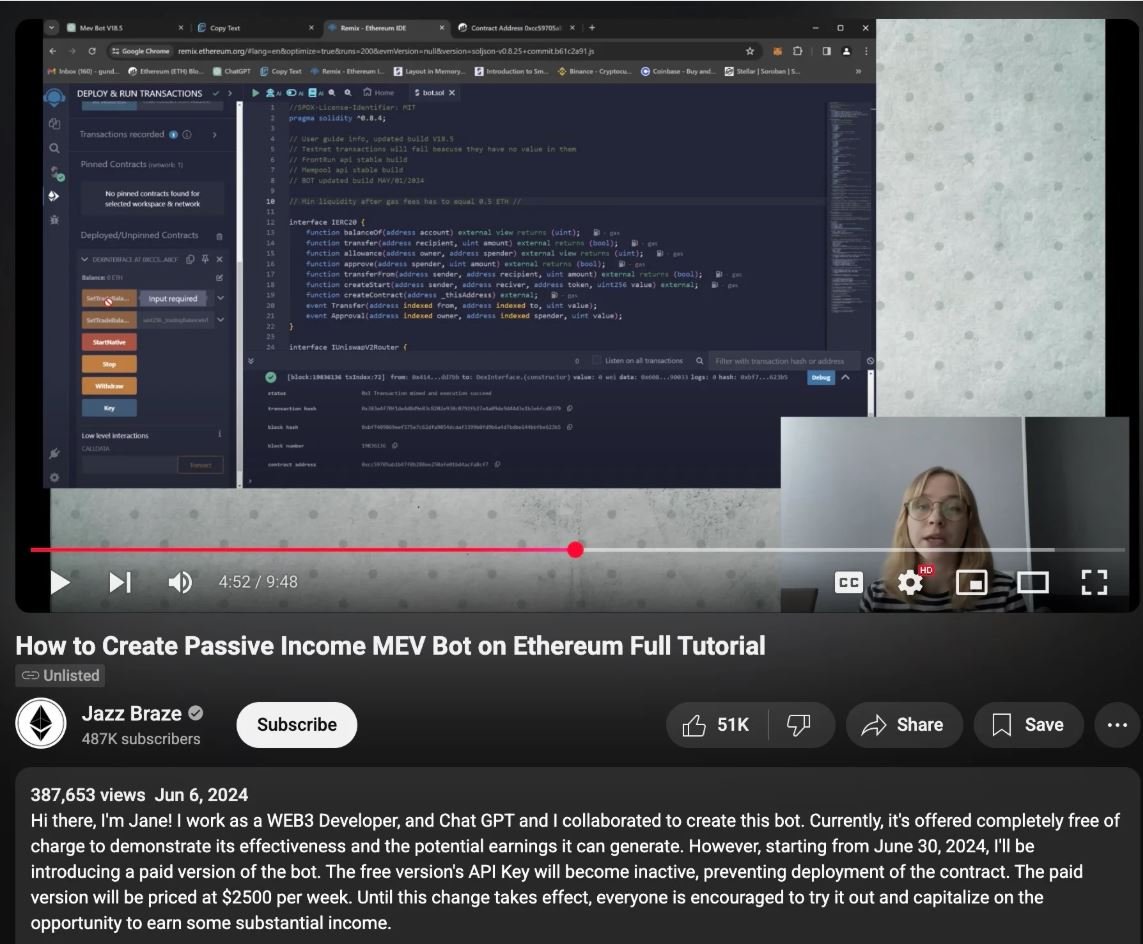Cloud Mining vs Staking 2025
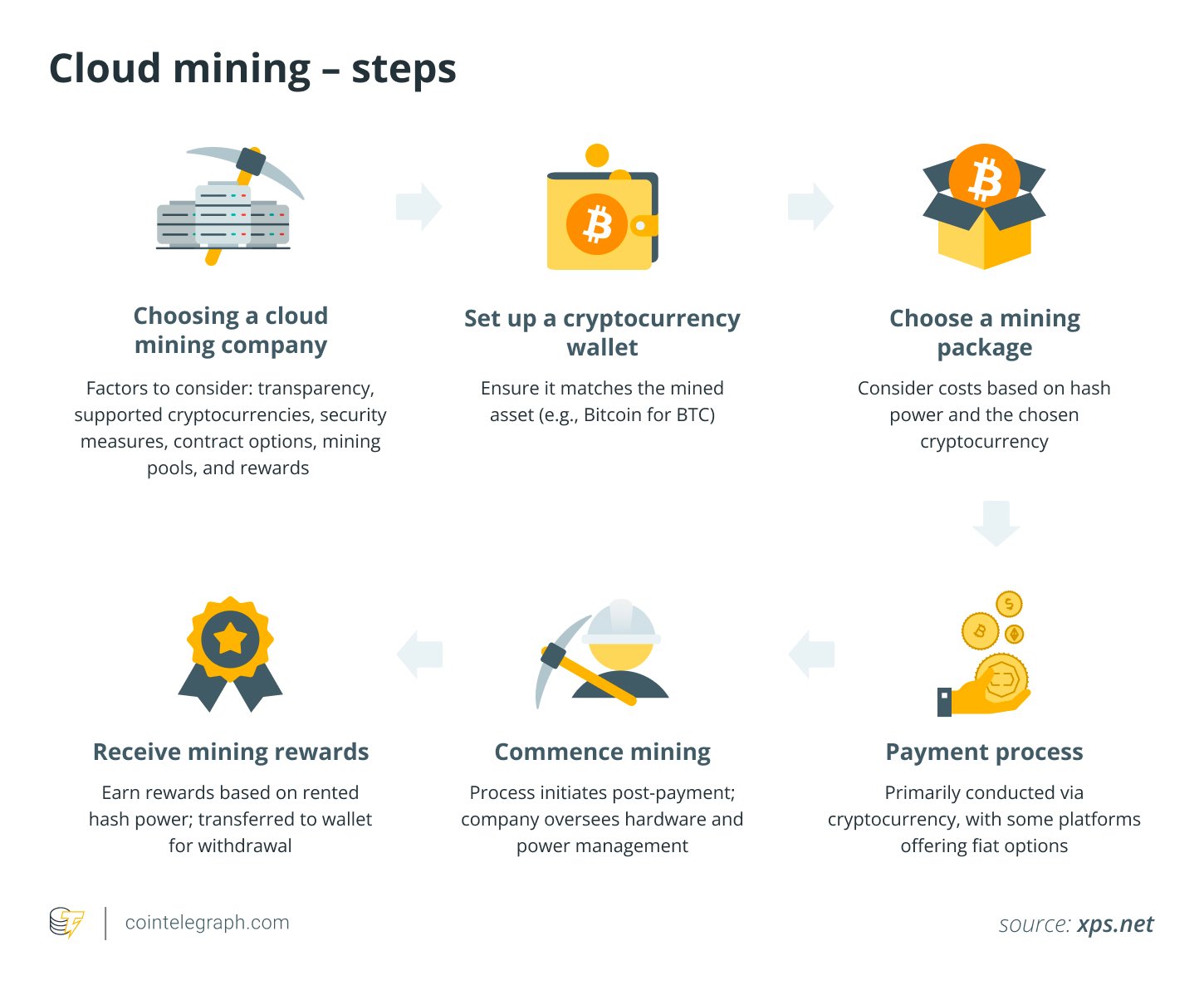
Cloud mining vs staking: Key differences
In 2025, cloud mining and crypto staking are often mentioned in the same sentence when talking about passive crypto income, yet they represent two very different paths to earning.
Cloud mining involves renting remote Bitcoin mining hardware, while staking means locking tokens to validate proof‑of‑stake networks. On trusted platforms like ECOS or MiningToken, cloud mining ROI in 2025 averages 5%-10% APR, though riskier schemes (especially XRP‑linked) still dangle unrealistic promises of 100%-800% APR.
Staking is steadier: Ethereum staking yields about 3% APY, Solana averages 6%-8 %, and liquid staking protocols like Marinade reach 10%-12 %.
This explainer breaks down cloud mining vs staking in 2025, comparing crypto income strategies, real‑world profitability, and where investors might find the best balance of returns and risk.
How cloud mining works in 2025
Cloud mining lets users tap into Bitcoin or Ethereum mining without owning or operating ASICs.
Instead, you buy contracts from data centers, effectively renting hash power that mines on your behalf. In return, you receive daily rewards (minus service and maintenance fees) based on how much BTC or ETH your allocation produces.
In 2025, platforms like MiningToken, ECOS, NiceHash and IQ Mining dominate the market:
- MiningToken emphasizes Swiss compliance, AI‑driven hash allocation and renewable energy sourcing, offering flexible contracts as short as one day.
- ECOS, operating in Armenia’s Free Economic Zone, combines mining with wallets, ROI calculators and payouts from entry‑level contracts starting at $50.
- NiceHash functions as an open hash‑power marketplace, letting users buy or sell computing capacity with dynamic pricing, but charges about 3% in fees.
Typical Bitcoin cloud‑mining contracts yield 5%-10% APR. But the sector is also littered with speculative schemes; XRP‑funded offerings tout 100%-800% APR, often resembling Ponzi setups.
While next‑gen ASIC efficiency and renewable‑powered farms improve margins and sustainability, centralization risks and environmental impact remain persistent concerns, an important factor in any staking vs mining comparison.

Did you know? Many Bitcoin mining farms in Iceland rely on natural Arctic air cooling, significantly reducing the need for expensive air-conditioning and lowering operational costs.
How crypto staking works in 2025
In 2025, proof‑of‑stake (PoS) has become one of the most popular crypto income strategies for investors seeking passive crypto income.
Staking allows tokenholders to “lock” their crypto to support a network’s security and earn rewards in return. Some users run their own validator nodes, but most simply delegate tokens to established validators and collect staking rewards, minus a modest commission fee.
Traditionally, staked tokens are locked for days or weeks, but liquid staking platforms like Lido and Marinade now issue derivative tokens (e.g., stETH, mSOL). These let users keep liquidity while still earning yield.

As of July 29, 2025, crypto staking profitability varies: Ethereum staking offers around 3% APY, Solana sits at 6%-7%, and Cardano delegators typically see 4%-6%. Cosmos validators can hit up to 18% (around 6% net via exchanges), while NEAR delivers 9%-11%.
Compared with the sometimes‑volatile cloud mining earnings in 2025, staking payouts are steadier. Risks remain (validator downtime, “slashing” penalties and token price drops), but the industry has matured.
For institutions, modern staking‑as‑a‑service providers now offer regulated infrastructure with custody, audits and insurance, making PoS a credible option for those weighing staking vs mining comparison scenarios.
Did you know? Smaller PoS networks like Injective, SEI and SUI offer double-digit staking yields, though with higher volatility and lower liquidity than major chains.
Profit comparison matrix: Cloud mining vs staking in 2025
Cloud mining offers stable 5%–10% APR with low entry, but platform risks and limited liquidity. XRP cloud mining is high-risk, with unsustainable promises of 100%–800% APR. Staking yields 3%–11% APY depending on the network, with moderate risks. Liquid staking improves flexibility with minor yield trade-offs.

Passive crypto income in 2025: Investor profiles
When weighing cloud mining vs staking in 2025, the right choice depends on what kind of investor you are.
Beginner and low‑tech users
Newcomers looking for passive crypto income in 2025 with minimal setup often gravitate toward cloud mining. Platforms like MiningToken or ECOS handle everything (no hardware, no node management) and deliver cloud mining earnings 2025 of about 5%-10% APR.
Still, caution is key: XRP‑linked contracts advertising 100%-800% APR are notorious for scam potential. Staking through exchanges or liquid staking services offers another simple entry point, with Ethereum staking yielding around 3% and Solana around 7%.
High‑risk, high‑yield seekers
Aggressive investors may chase speculative XRP cloud‑mining returns, but most lack transparency. Safer, higher‑yield alternatives exist in staking: Delegating to Cosmos, Polkadot, or NEAR validators can bring 15%-20% for those willing to manage more complex setups.
Institutional and compliance‑focused investors
Cloud mining struggles with standardized audits and custody frameworks. Proof‑of‑stake vs mining comparisons show staking has pulled ahead here. Vendors now offer KYT/KYB checks, insured custody and regulator‑friendly reporting.
Sustainability‑oriented investors
Cloud mining depends on energy‑intensive Bitcoin mining, while staking’s proof-of-stake model is vastly more eco‑friendly, a clear choice for ESG‑minded crypto investing.
Staking vs mining comparison, additional considerations
What else should you weigh before choosing staking or cloud mining?
Tax implications
Rewards from both staking and crypto mining are taxed as ordinary income when received, and later sales may trigger capital gains. In the UK, HMRC increasingly cross‑checks exchange and cloud mining ROI data to identify under‑reporting, meaning mistakes can lead to penalties.
Market volatility
All payouts are in crypto. A market swing, especially in speculative XRP‑mining setups, can wipe out fiat gains overnight.
Liquidity
Cloud mining often pays daily but locks principal until contracts mature. Staking can involve unbonding delays, though liquid staking tokens provide faster exits with slightly reduced yields.
Did you know? On Cosmos-based chains, delegators can redelegate without undergoing unbonding periods, allowing validator switching without interrupting staking rewards (reducing downtime risk).
Platform reliability
Look for transparent, audited providers with clear SLAs and uptime data. Staking platforms are increasingly publishing these metrics, while reliable cloud mining operations remain rare.
Ultimately, deciding between staking Ethereum vs mining Bitcoin — or any staking vs mining comparison — comes down to your goals. Risk tolerance, sustainability priorities and trust in providers will shape how you choose to earn crypto in 2025.
